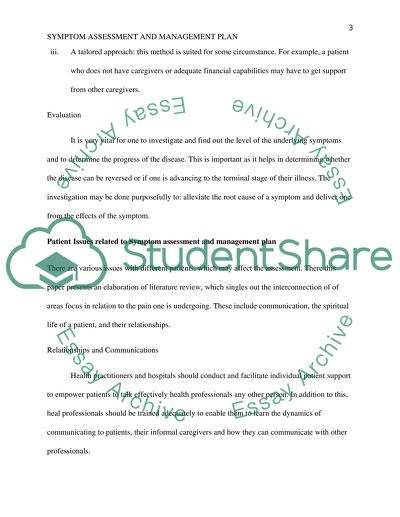Cite this document
(“Demonstrate how to carry out a patient-centred systematic assessment Essay”, n.d.)
Retrieved from https://studentshare.org/nursing/1493891-demonstrate-how-to-carry-out-a-patient-centred
Retrieved from https://studentshare.org/nursing/1493891-demonstrate-how-to-carry-out-a-patient-centred
(Demonstrate How to Carry Out a Patient-Centred Systematic Assessment Essay)
https://studentshare.org/nursing/1493891-demonstrate-how-to-carry-out-a-patient-centred.
https://studentshare.org/nursing/1493891-demonstrate-how-to-carry-out-a-patient-centred.
“Demonstrate How to Carry Out a Patient-Centred Systematic Assessment Essay”, n.d. https://studentshare.org/nursing/1493891-demonstrate-how-to-carry-out-a-patient-centred.


